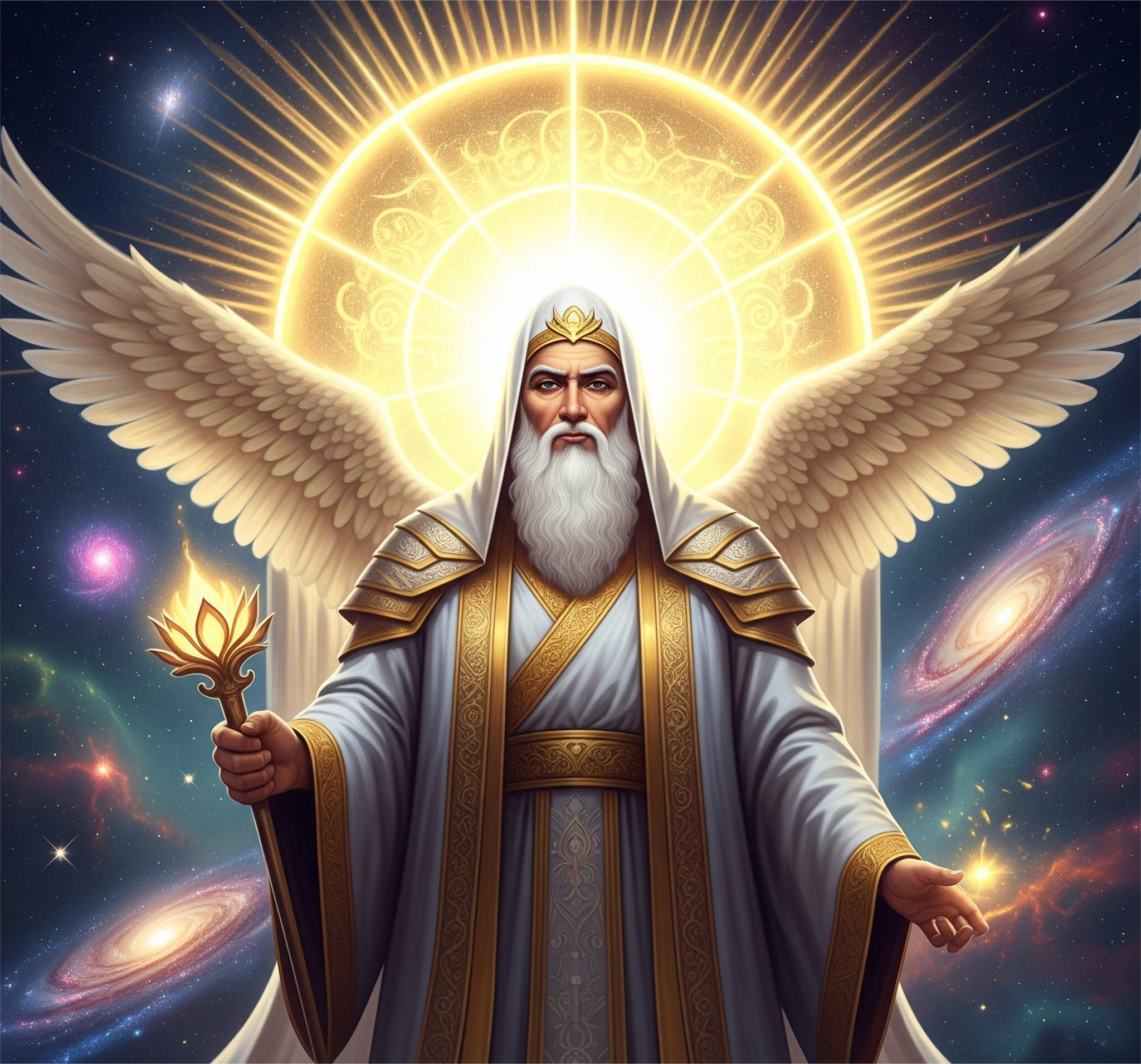Long before the rise of Christianity, Islam, or even classical Greek religion, the ancient Iranians worshipped Ahura Mazda, the wise and all-knowing creator god at the center of Zoroastrianism. Revered as the embodiment of light, truth, and order, Ahura Mazda stood in direct opposition to Angra Mainyu, the destructive spirit of chaos and deceit. This cosmic dualism became the cornerstone of one of the world’s earliest monotheistic religions and left a profound legacy on the theological development of later Abrahamic faiths.
Who is Ahura Mazda?
The name Ahura Mazda roughly translates to “Wise Lord” or “Lord of Wisdom.” He was introduced by the prophet Zarathustra (also known by his Greek name, Zoroaster) sometime between 1500 and 1000 BCE, although scholars continue to debate the precise dates. In Zoroastrianism, Ahura Mazda is not one among many gods but the one uncreated god, the eternal source of all that is good and true.
Zarathustra’s revelations, recorded in the Gathas (Zoroastrian hymns), describe Ahura Mazda as:
Omniscient but not omnipotent (since evil exists alongside him)
Creator of the spiritual and material world
Upholder of asha, the divine law of truth and order
A god who demands free will, encouraging humans to choose good over evil
Unlike the capricious deities of neighboring pantheons, Ahura Mazda is deeply ethical and consistently benevolent, embodying a rational universe governed by morality.
Dualism: The Cosmic Struggle Against Angra Mainyu
Central to Zoroastrian theology is the concept of dualism—the belief in a fundamental opposition between good and evil. In this cosmic conflict, Angra Mainyu (or Ahriman) is Ahura Mazda’s archenemy, the destructive spirit who embodies druj (falsehood, chaos, and wickedness).
This duality is not merely symbolic. It represents an active metaphysical battle played out across the universe and within the hearts of every human being. Ahura Mazda creates the world and invites humanity to participate in the eternal fight by living truthfully, practicing good thoughts, good words, and good deeds, while Angra Mainyu seeks to corrupt and destroy.
In this worldview:
Humans are morally autonomous beings.
The universe is a battleground between asha and druj.
The final outcome is not predetermined—humans play a critical role.
However, Zoroastrianism holds that in the end, Ahura Mazda will prevail. After a series of prophetic events and a final judgment, evil will be vanquished, and the world will be renewed in a state of perfect goodness.
Worship and Rituals
The worship of Ahura Mazda focused on fire and light—not as idols, but as symbols of divine wisdom and purity. Zoroastrian temples, known as fire temples, maintain an eternal flame that burns as a sign of the god’s presence.
Zoroastrians also practiced daily rituals such as:
Reciting sacred prayers from the Avesta, their holy scripture
Purification through washing (symbolic of spiritual cleanliness)
Offering ritual libations (haoma) and maintaining sacred fires
Ethical living and support for communal justice
The religion placed high importance on personal responsibility, and priests (mobeds) guided communities by interpreting sacred texts and leading ceremonies.
Influence on Later Religions
Zoroastrianism’s theological concepts—especially its dualism, eschatology, and ethical monotheism—had a major influence on Judaism, Christianity, and Islam.
Key parallels include:
Heaven and Hell: The Zoroastrian idea of judgment after death, with the soul crossing the Chinvat Bridge and entering heaven or falling into hell, influenced later concepts of the afterlife.
Final Judgment: Zoroastrianism includes a belief in a Saoshyant, a messianic figure who will bring about the final victory of good. This idea parallels the coming of a Messiah in Judaism, the Second Coming in Christianity, and the Mahdi in Islam.
Angels and Demons: The notion of angelic beings (the Amesha Spentas) working for Ahura Mazda and demonic ones aligned with Angra Mainyu contributed to the angelologies of later Abrahamic faiths.
Free Will and Moral Choice: Zoroastrian emphasis on personal ethical decision-making laid the groundwork for later religious emphasis on repentance, righteousness, and salvation.
Some scholars argue that when the Jews came into contact with Zoroastrian beliefs during the Babylonian Exile (6th century BCE), elements of their own theology were reshaped.
Decline and Survival
Despite its wide influence and once being the state religion of the Achaemenid, Parthian, and Sasanian Empires, Zoroastrianism declined following the Islamic conquest of Persia in the 7th century CE. Many followers converted to Islam, though a small number remained in Iran and India.
Today, Zoroastrian communities still exist—primarily the Parsis in India and Zoroastrians in Iran—and they continue to worship Ahura Mazda as the eternal light of wisdom. Though small in number, the religion persists as a profound testament to one of humanity’s earliest expressions of monotheism.







